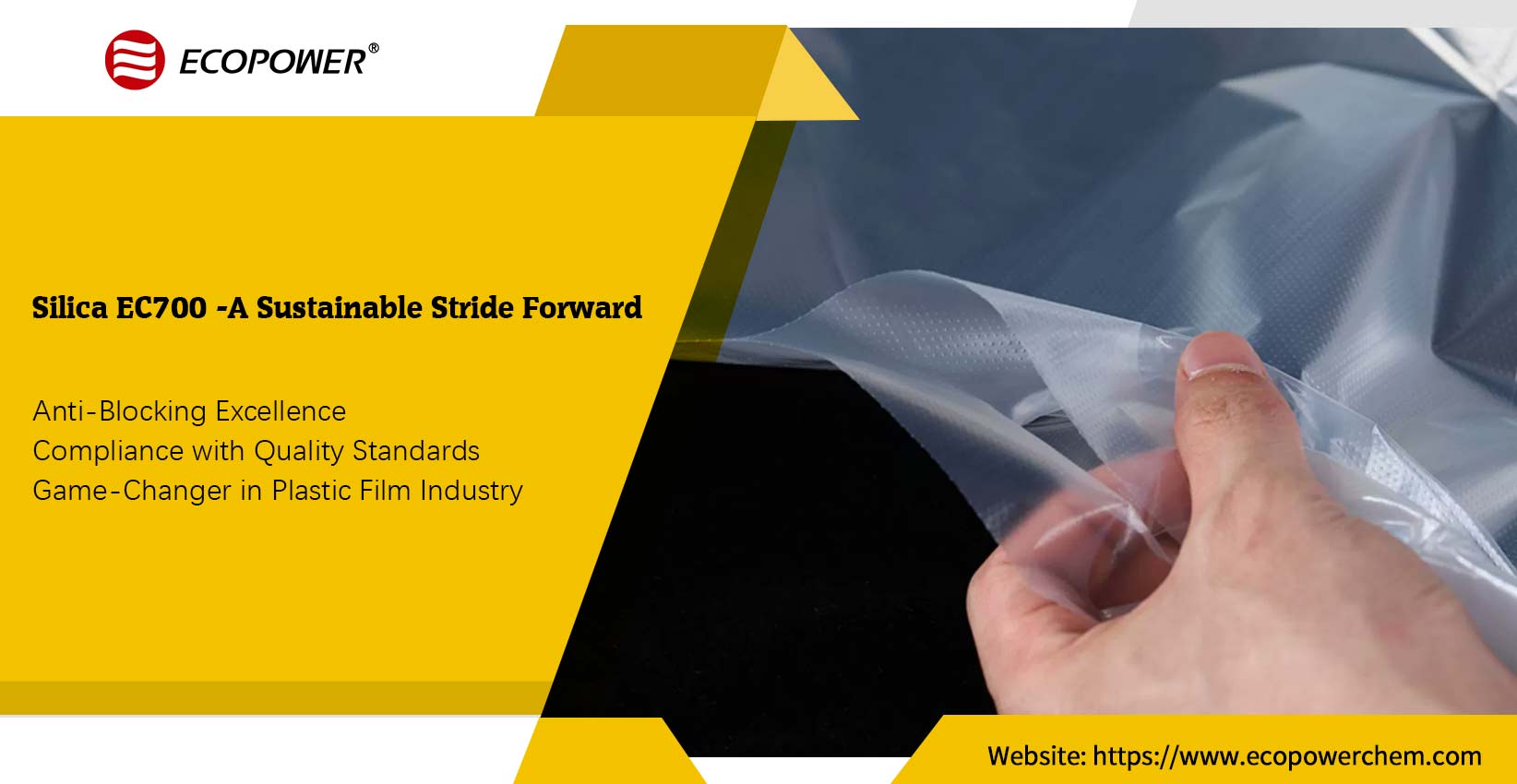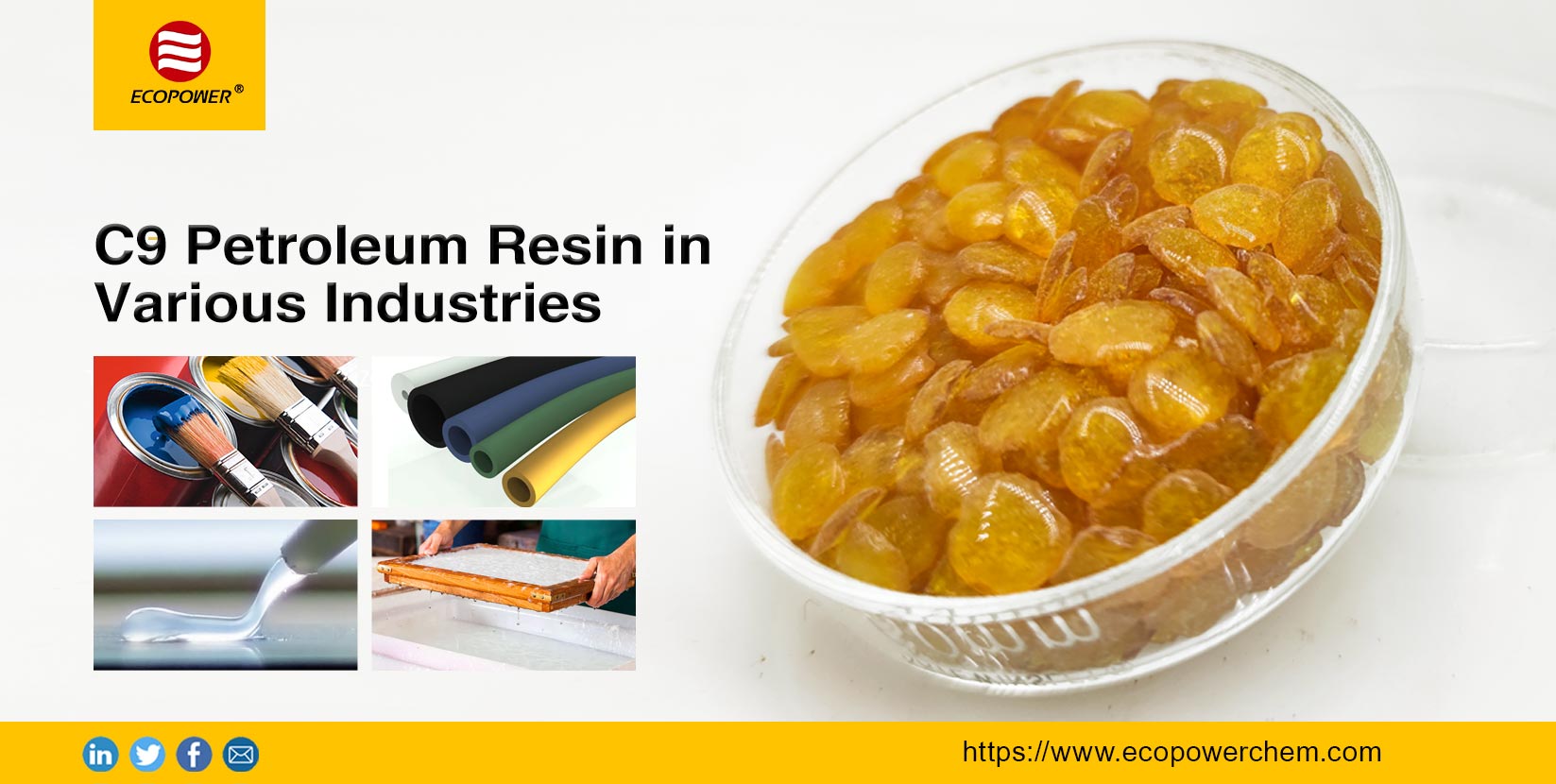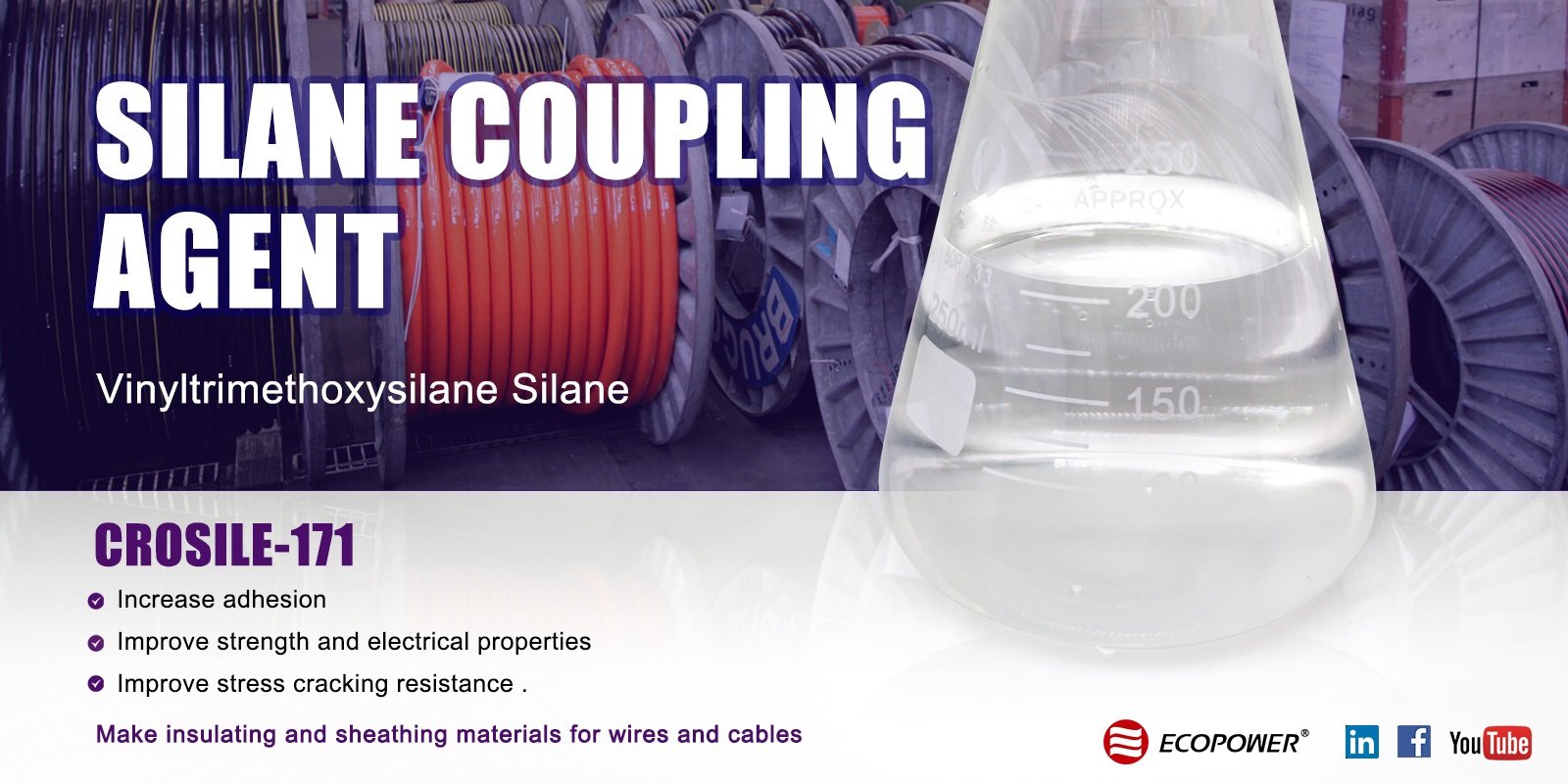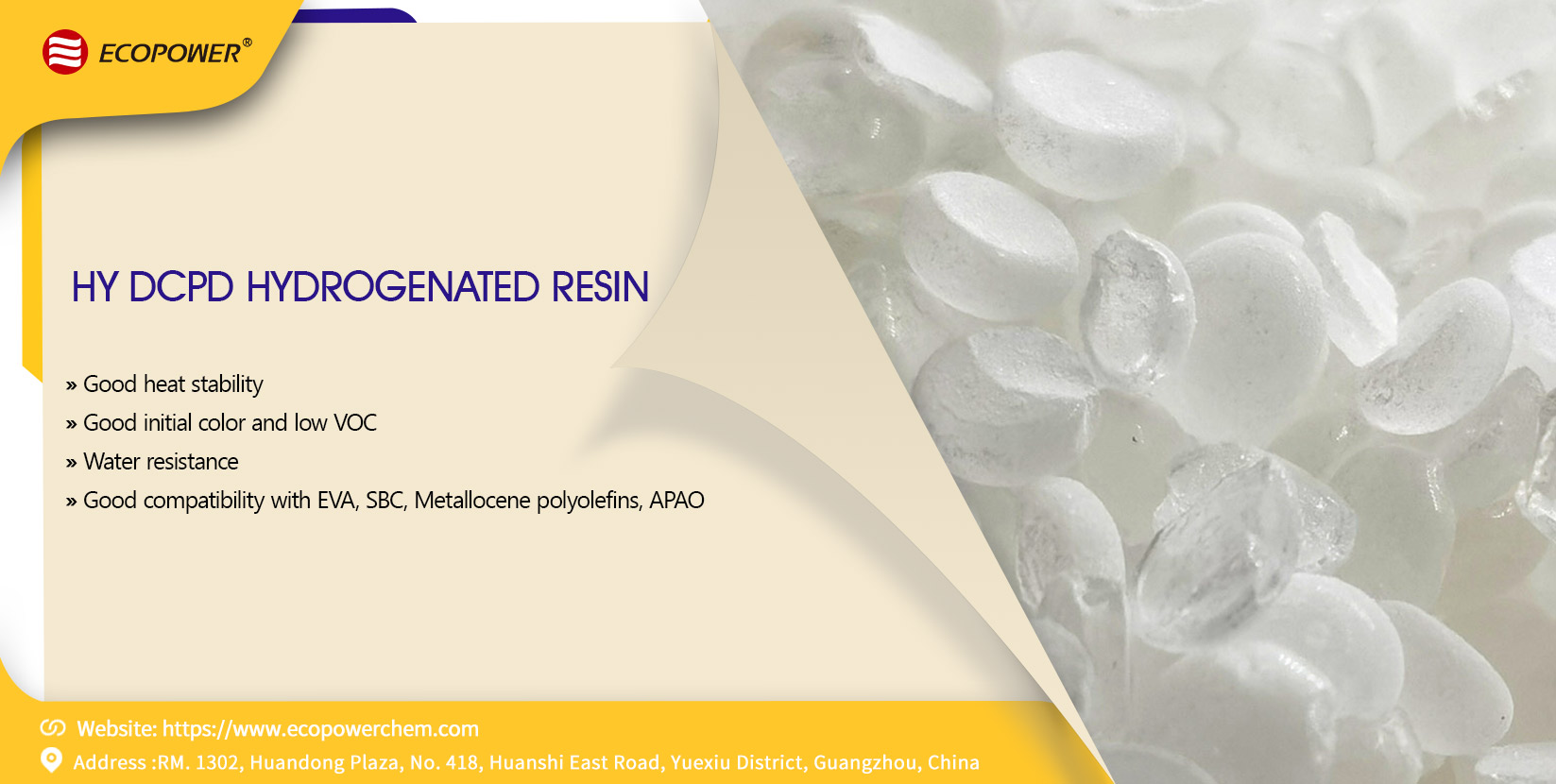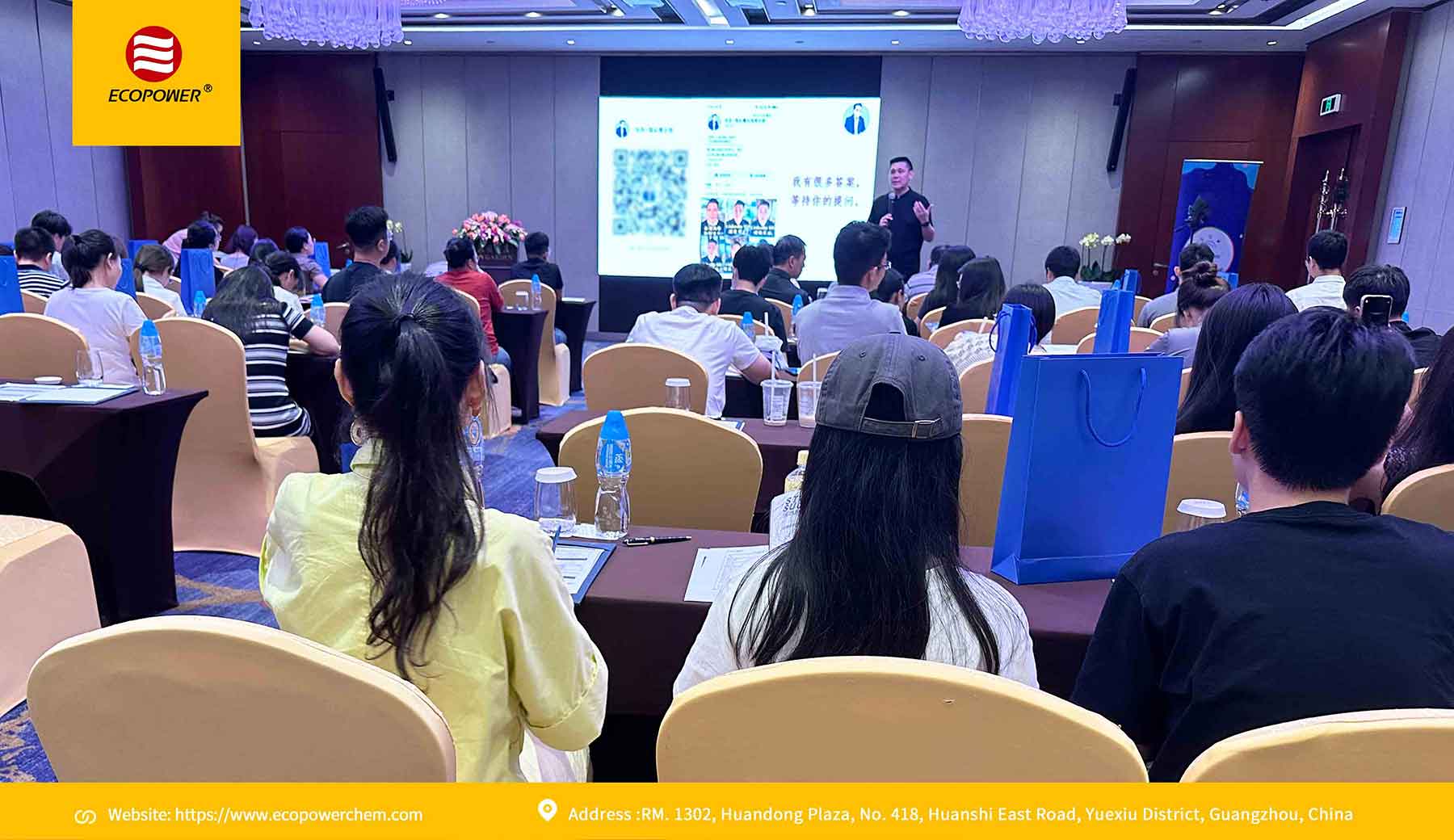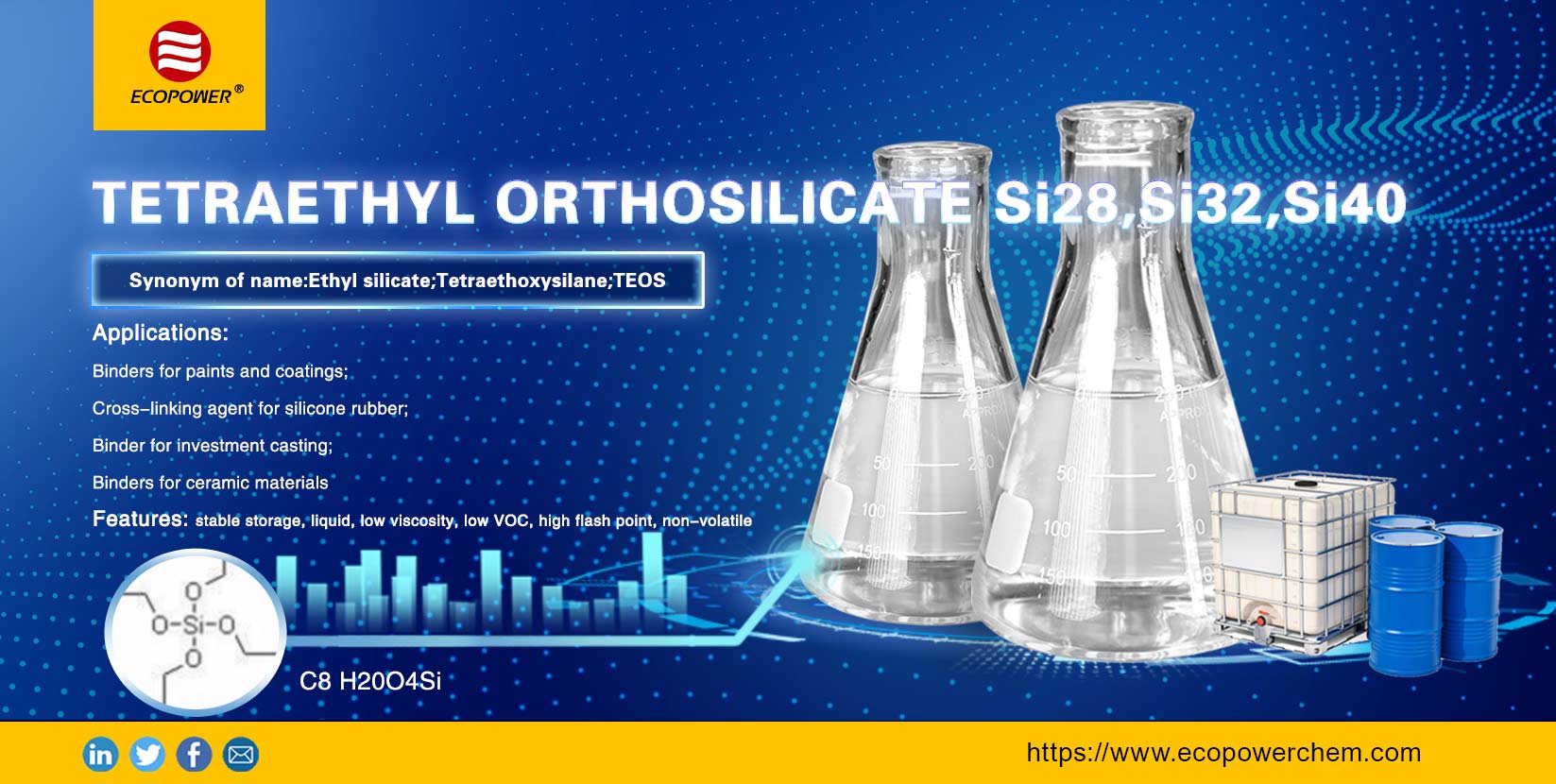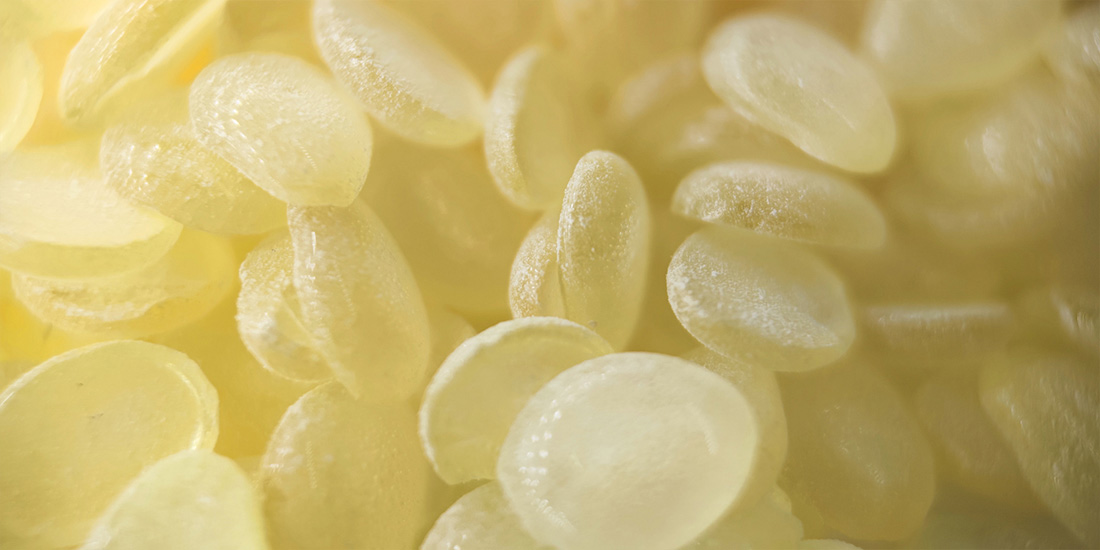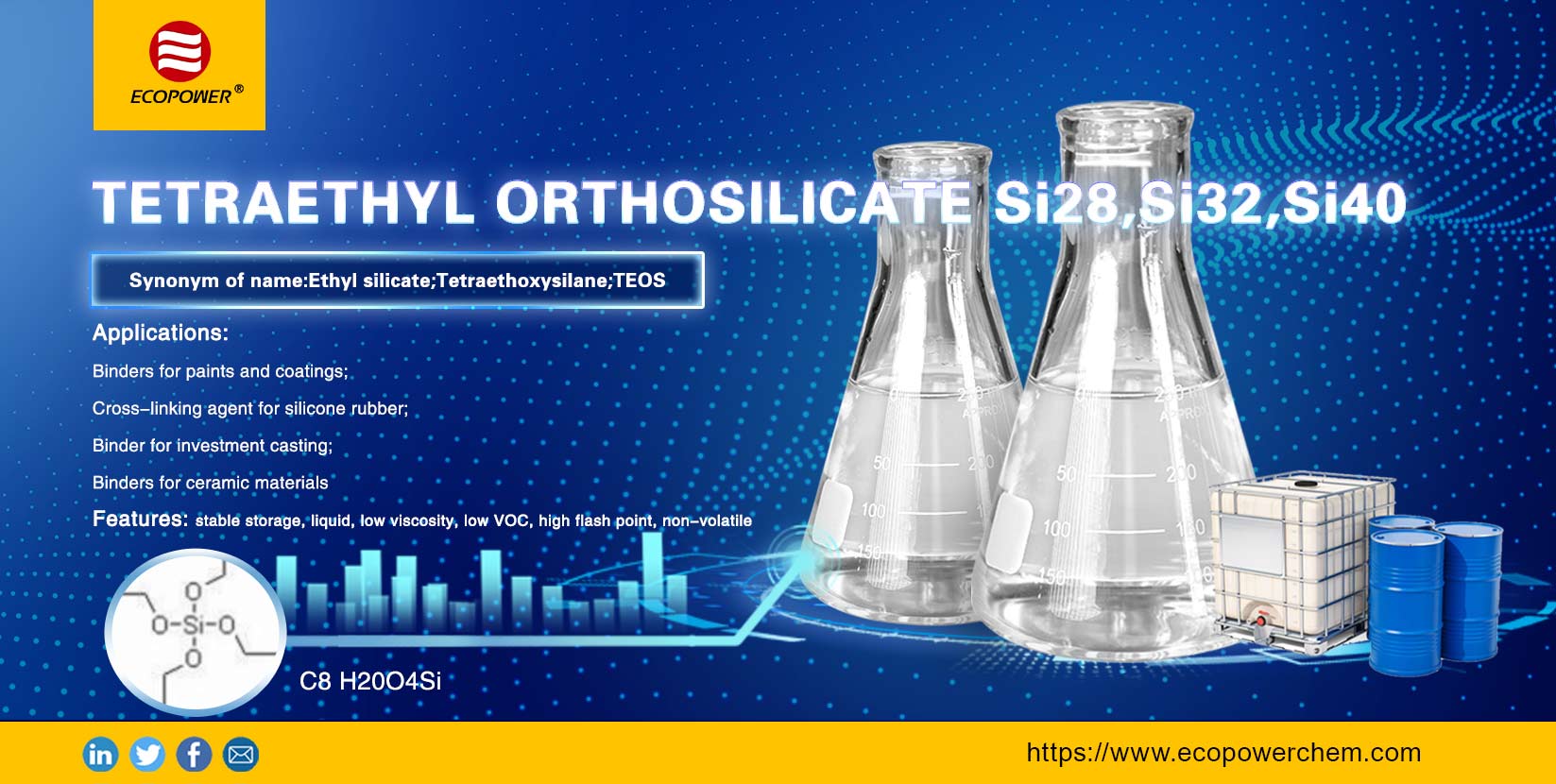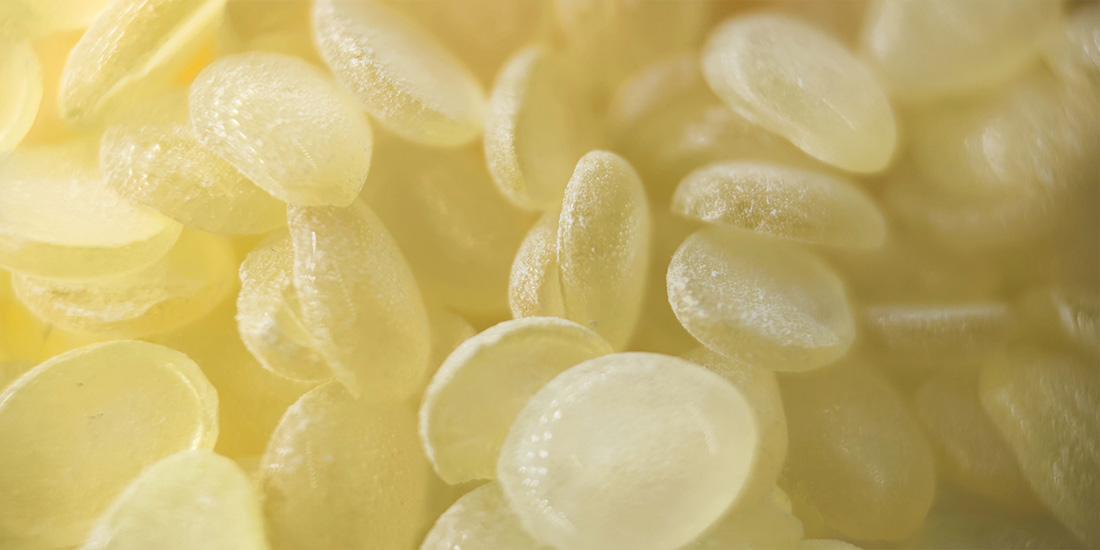Apr / 27, 2023
What is petroleum resin used for?
What is petroleum resin used for? Petroleum resin has a wide range of applications due to its excellent properties and versatility. Some of the common uses of petroleum resin include: Adhesives: Petroleum resin is widely used in the formulation of hot-melt adhesives due to its good adhesion properties and high softening point. Coatings: Petroleum resin is used in the formulation of various coatings, including industrial and automotive coatings, due to its excellent compatibility with other resins, good adhesion, and high gloss. Printing inks: Petroleum resin is used as a binder in the formulation of printing inks, including flexographic and gravure inks, due to its excellent solubility, high gloss, and good adhesion. Rubber compounds: Petroleum resin is used as a tackifier in rubber compounds, such as tires and footwear, to improve their adhesion properties and durability. Packaging: Petroleum resin is used in the formulation of packaging materials, such as shrink films and tapes, due to its excellent adhesion properties and high softening point. What are the properties of petroleum resin? Petroleum resin, also known as hydrocarbon resin, is a synthetic resin that is derived from petroleum or natural gas. It is a thermoplastic polymer that is widely used in the manufacturing of various products, including adhesives, coatings, printing inks, rubber compounds, and many more. Petroleum resin is produced through the polymerization of petroleum-derived monomers, such as styrene, vinyltoluene, and alpha-methylstyrene. The resulting resin has a wide range of properties, including good adhesion, high softening point, excellent thermal stability, and resistance to chemicals and moisture. There are several types of petroleum resins available in the market, each with its unique properties and characteristics. Some of the commonly used types include aliphatic resins, aromatic resins, and modified resins. Good adhesion: Petroleum resin has excellent adhesion properties, making it an ideal material for use in adhesives, coatings, and sealants. High softening point: Petroleum resin has a high softening point, which makes it useful in applications that require high-temperature stability. Excellent thermal stability: Petroleum resin has excellent thermal stability, making it resistant to heat and oxidation. Chemical resistance: Petroleum resin is highly resistant to chemicals, making it useful in the formulation of products that require chemical resistance. Water resistance: Petroleum resin is highly water-resistant, making it useful in the formulation of products that require water resistance. Versatility: Petroleum resin is a highly versatile material that can be formulated to have specific properties to meet various application needs. Transparency: Petroleum resin is highly transparent, making it useful in the formulation of products that require transparency. About Ecopower New Material Ecopower is a chemical additive company that specializes in...
View More
 Whatsapp us
Whatsapp us
